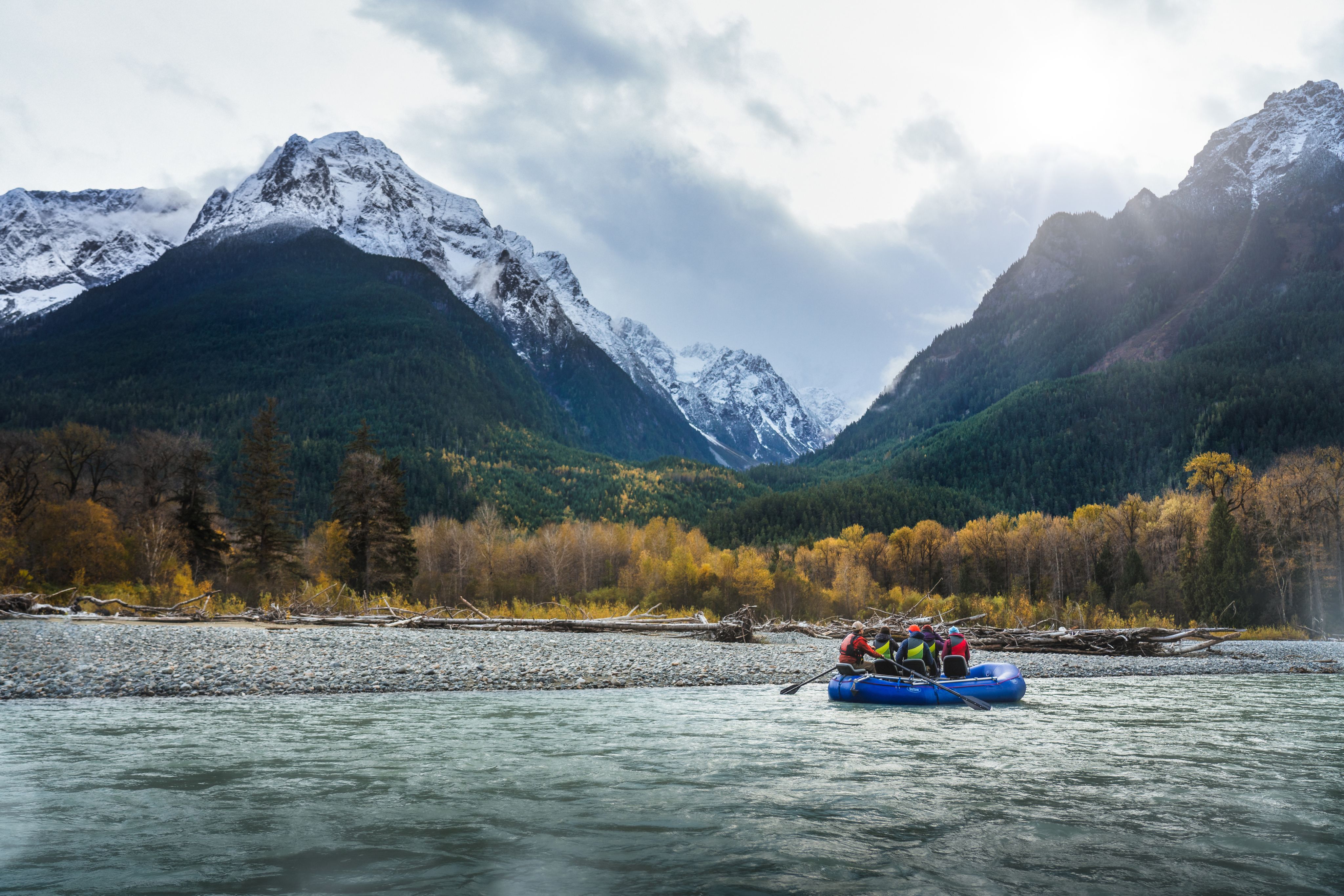The Great Migration


As summer begins to fade and the days start getting shorter, millions of Pacific Salmon return to the streams and rivers where they were born, marking the end and rebirth of one of Earth's greatest life cycles. This migration is vital to the humans, forests, and animals that inhabit Canada's west coast.

On British Columbia's central coast lies a sleepy valley that sits at the mouth of a long ocean fjord. Off the radar of most people, Bella Coola is a pristine gem steeped in cultural history and home to stunning natural wonders.

Photo Credit: Tweedsmuir Park Lodge
Photo Credit: Tweedsmuir Park Lodge
The Bella Coola Valley sits at the heart of the Great Bear Rainforest, an area that covers 6.3 million hectares stretching from the northern tip of Vancouver Island to the Alaskan panhandle.
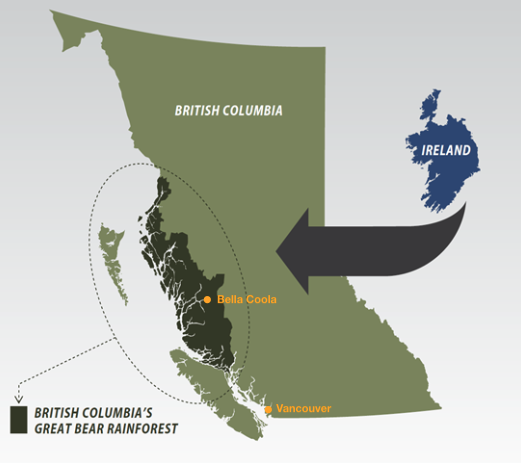
This area represents some of the largest remaining tracts of temperate rainforest in the world. These forests support giant species of trees such as Western Red Cedar, Douglas Fir, and Sitka Spruce, some more than 1000 years old. The region sustains more biomass than any other terrestrial ecosystem on Earth.

Salmon are a vital part of this ecosystem. The streams and rivers of the Great Bear Rainforest sustain 20 percent of the world's wild salmon populations and these fish have a disproportionately large effect on their natural environment.
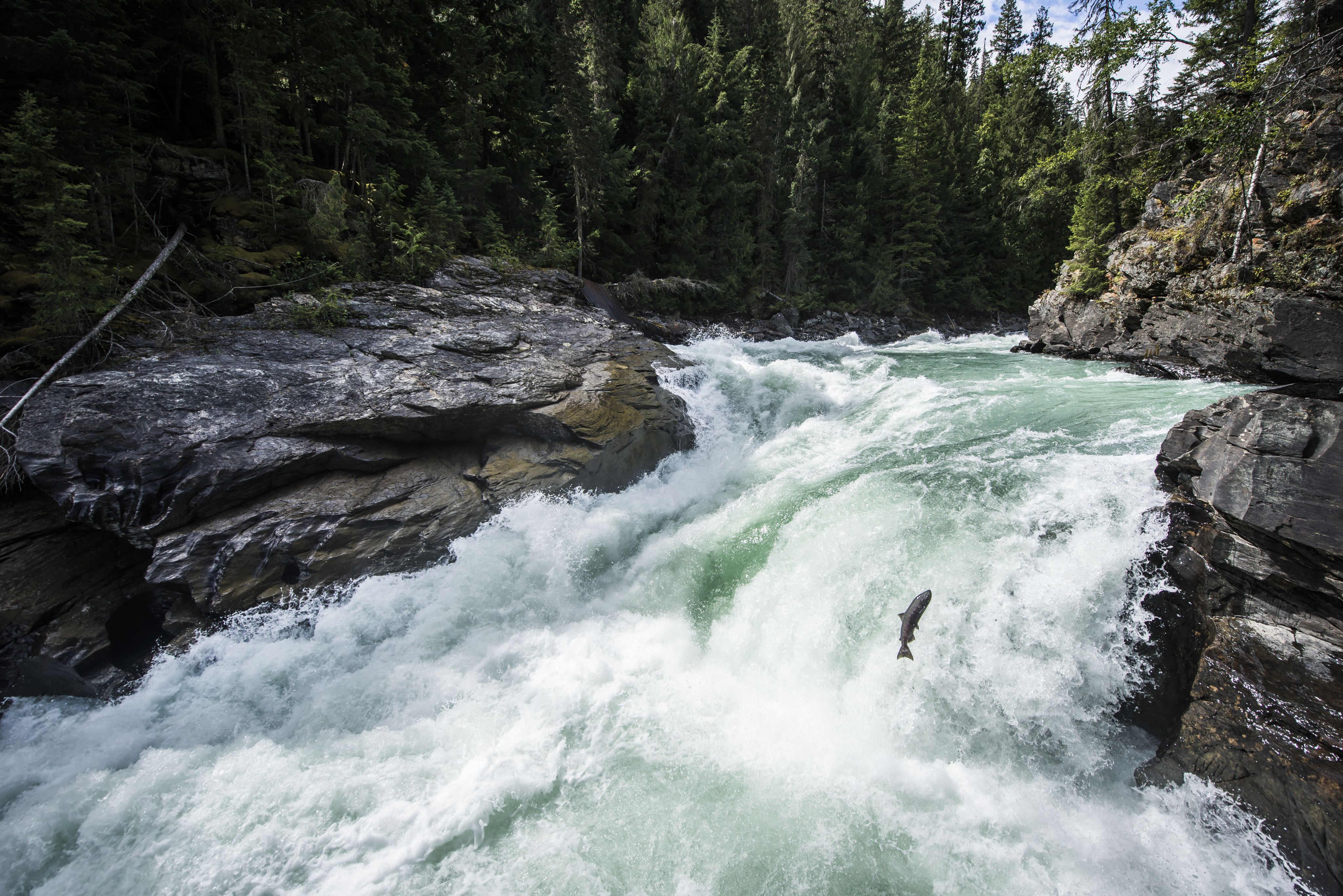
Photo Credit: Destination BC/Blake Jorgenson
Photo Credit: Destination BC/Blake Jorgenson
Many Pacific Salmon start their life cycle in freshwater streams and rivers on the West Coast of North America. After being hatched from eggs, they travel downstream and spend most of their adult life in the Pacific Ocean.
There are a variety of Pacific Salmon species that operate on different cycles. Some spend 18 months at sea as adults, while others -- such as the Chinook -- can live at sea for up to 8 years.
After they've matured, salmon take part in one of Earth's great migrations, as they return to spawn in the freshwater streams of their birth. Some will migrate several thousand kilometres from their feeding grounds in the ocean to reach the very stream from which they originally hatched. The biggest Salmon (Chinook) can travel upstream for over 1200 km inland to reach their final destination.
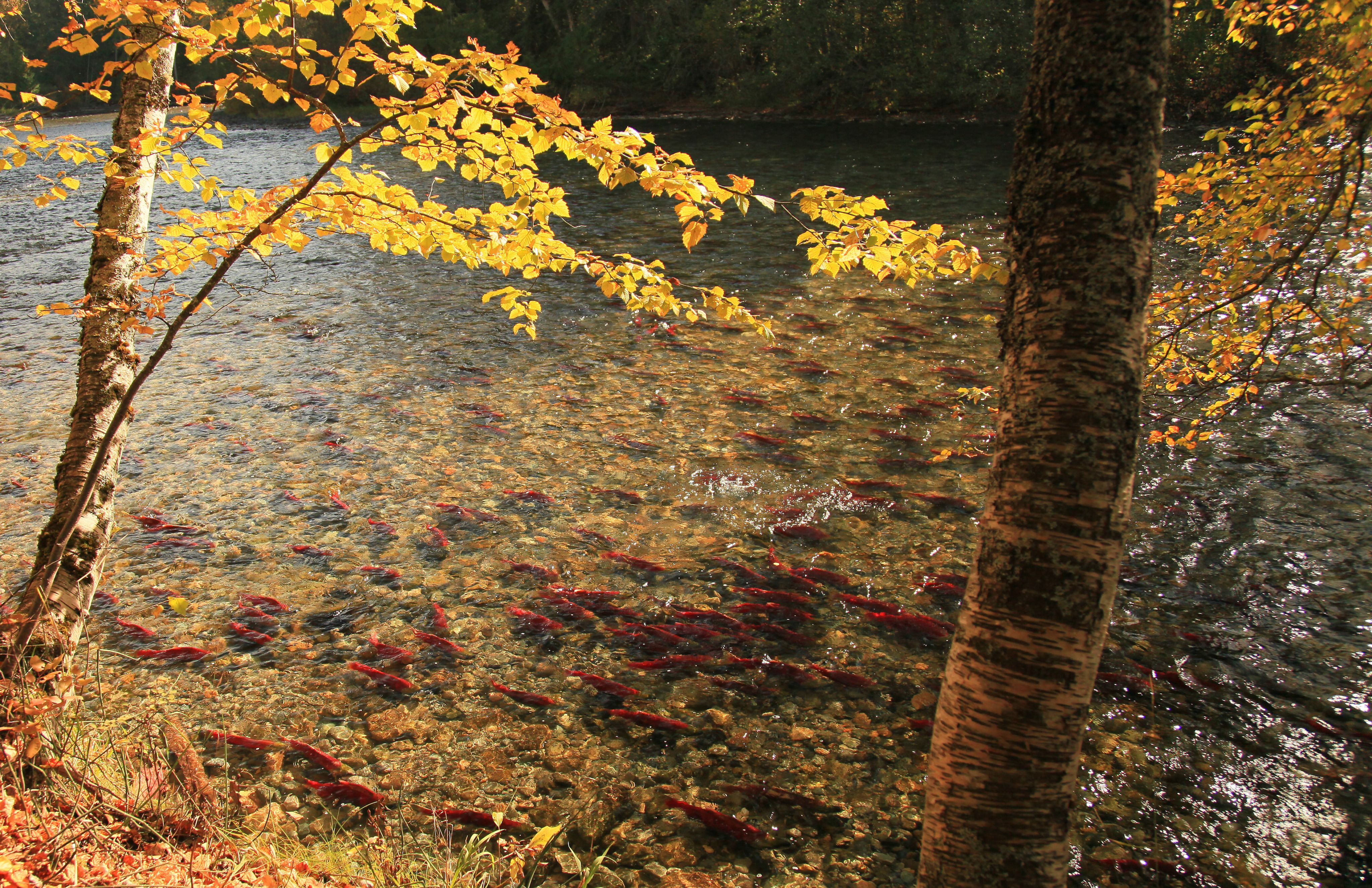
During their migration, they become a primary source of food for grizzly and black bears who are looking to bulk up ahead of their winter hibernation. Bears are impressively in tune with the salmon migration. With astonishing precision, they return to the rivers and streams of western North America to feast on the bounty of fish. This makes autumn in British Columbia an excellent time to see bears along coastal rivers and streams.
Due to the abundant return of salmon, bears have the luxury of being selective eaters. They prioritize the nutrient-rich fatty skin of the salmon, leaving partially consumed carcasses to decompose. These salmon are transported from the river to the forest by bears, eagles, and wolves alike. This process, along with nutrient-dense urine and feces from the bears, enriches the forest soil with valuable nitrogen, which plays a vital role in the growth and productivity of the entire ecosystem.
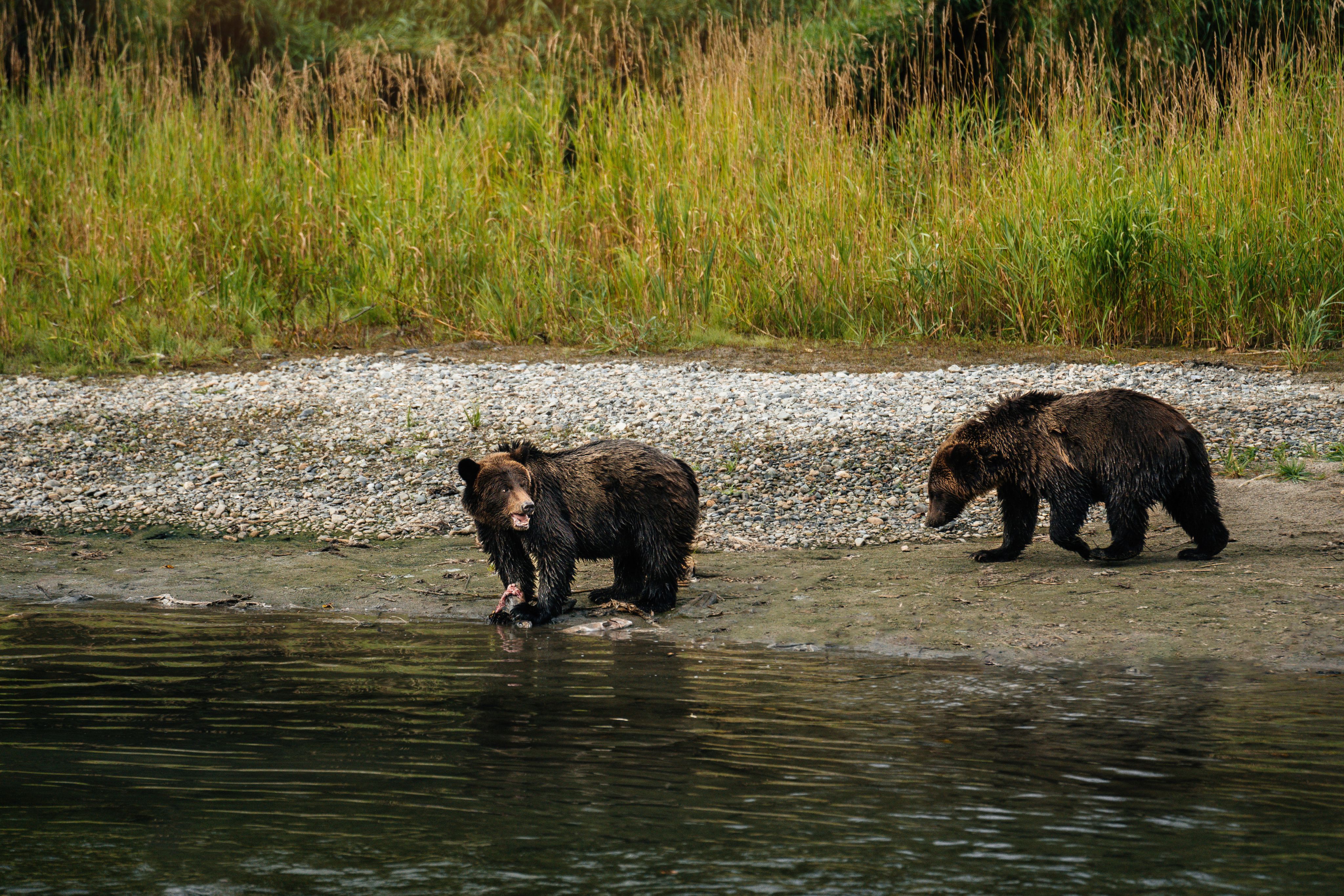
Photo Credit: Tweedsmuir Park Lodge
Photo Credit: Tweedsmuir Park Lodge
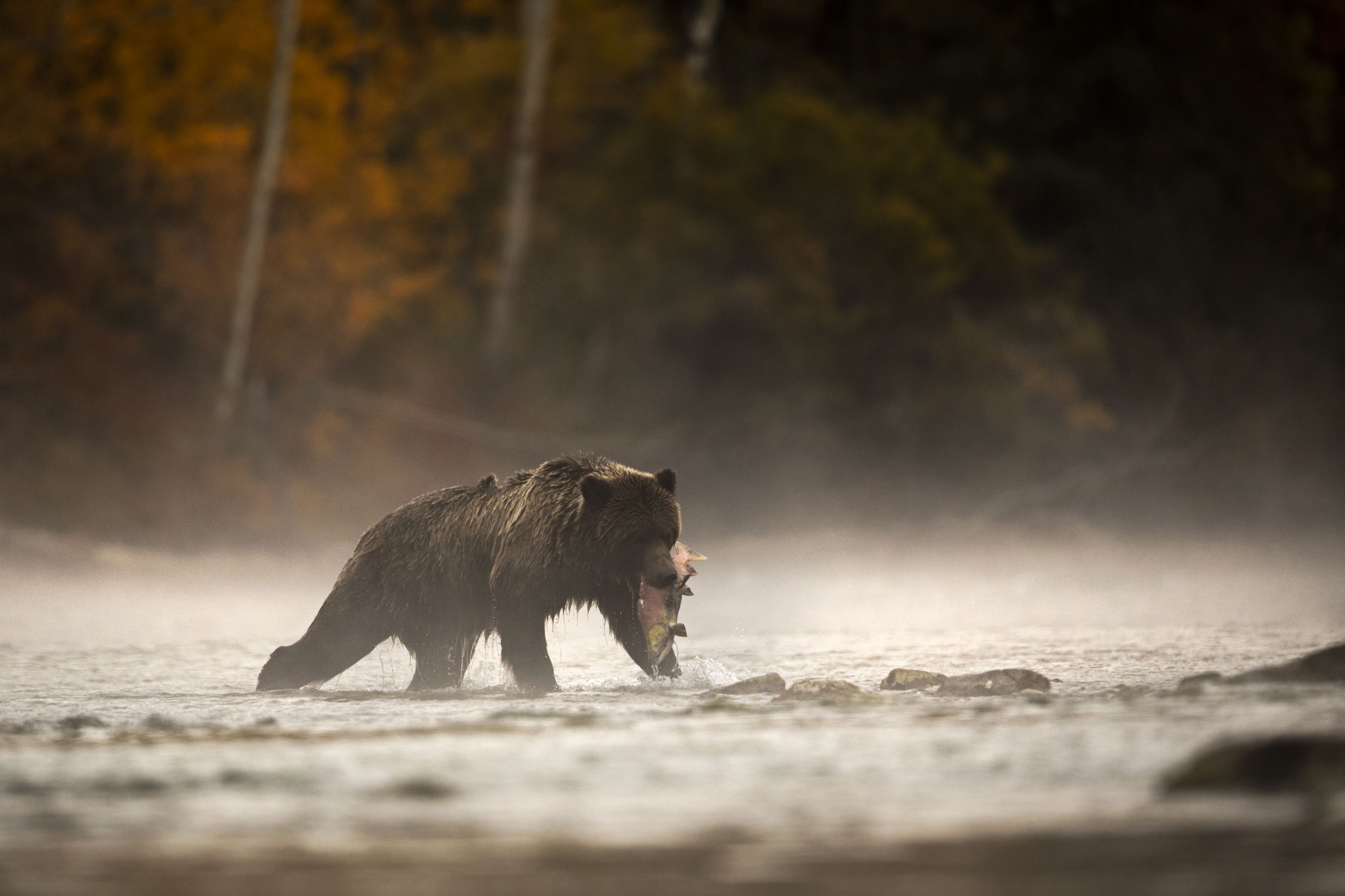
Photo Credit: Destination BC/Henrik Nilsson
Photo Credit: Destination BC/Henrik Nilsson
The Bella Coola Valley in the Cariboo Chilcotin Coast is a highly accessible destination in which to witness this magnificent fall spectacle. It is one of the only areas that can be reached both by road and air, with Bella Coola being just a 90-minute flight from Vancouver.
During mid-August, the bears in this region exhibit remarkable punctuality as they descend from the alpine regions of the Coast mountains to the valley below. The peak season for bear viewing occurs from September to mid-October, when these majestic creatures begin their ascent back up the mountains to hibernate for the winter.
Even if you are not watching them on the water, the signs of bears in the region abound, from game trails, bedding sites, or marked trees.
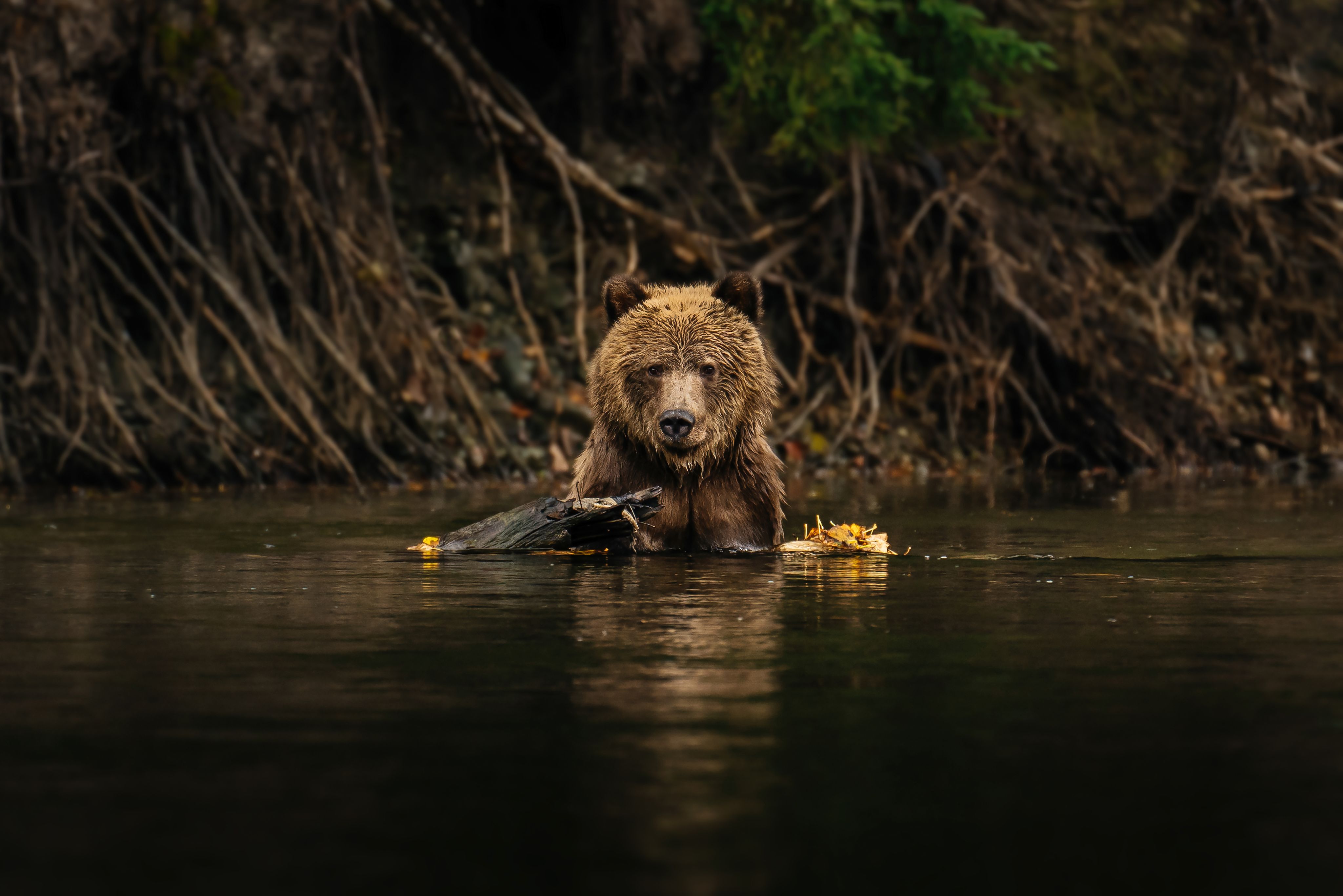
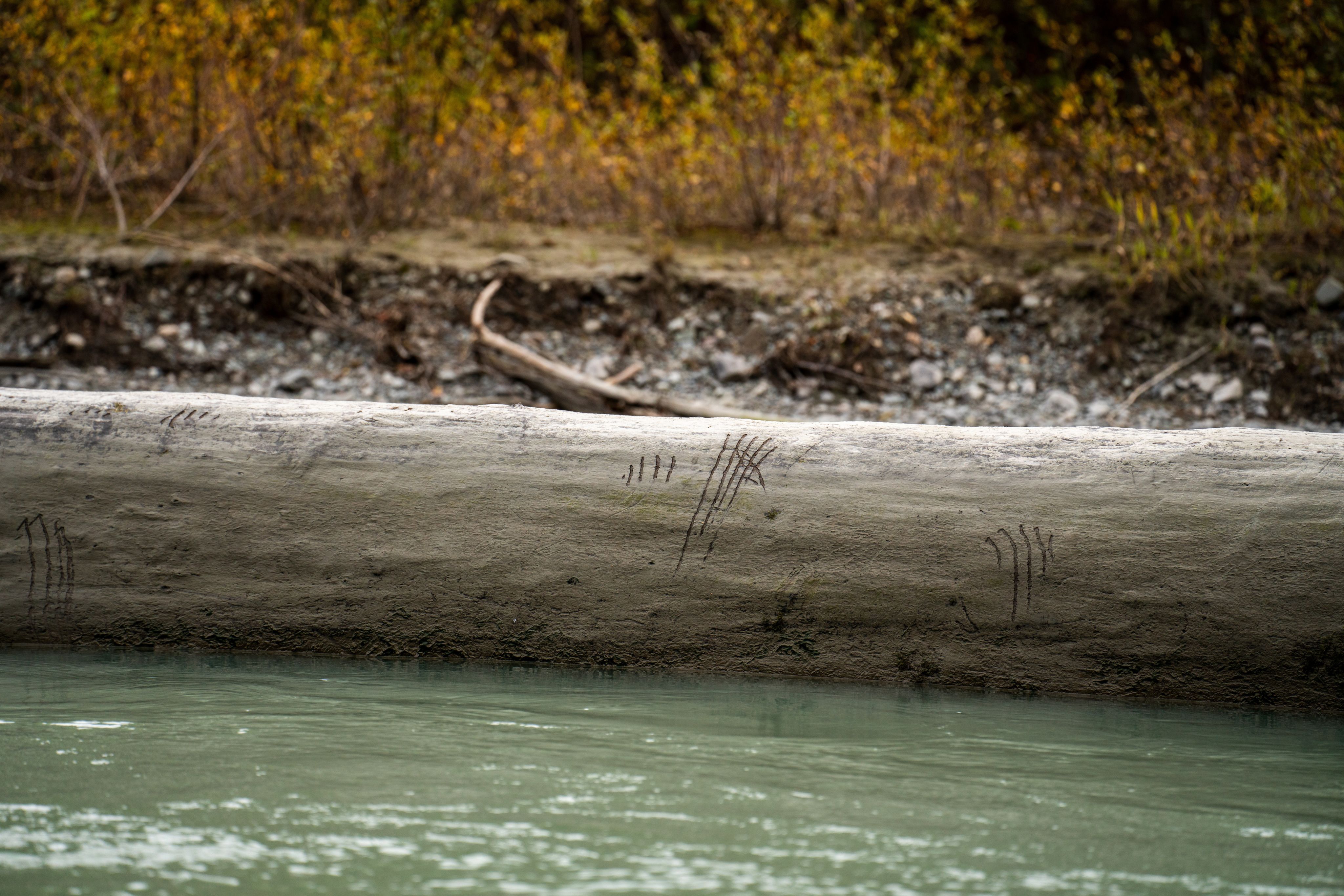
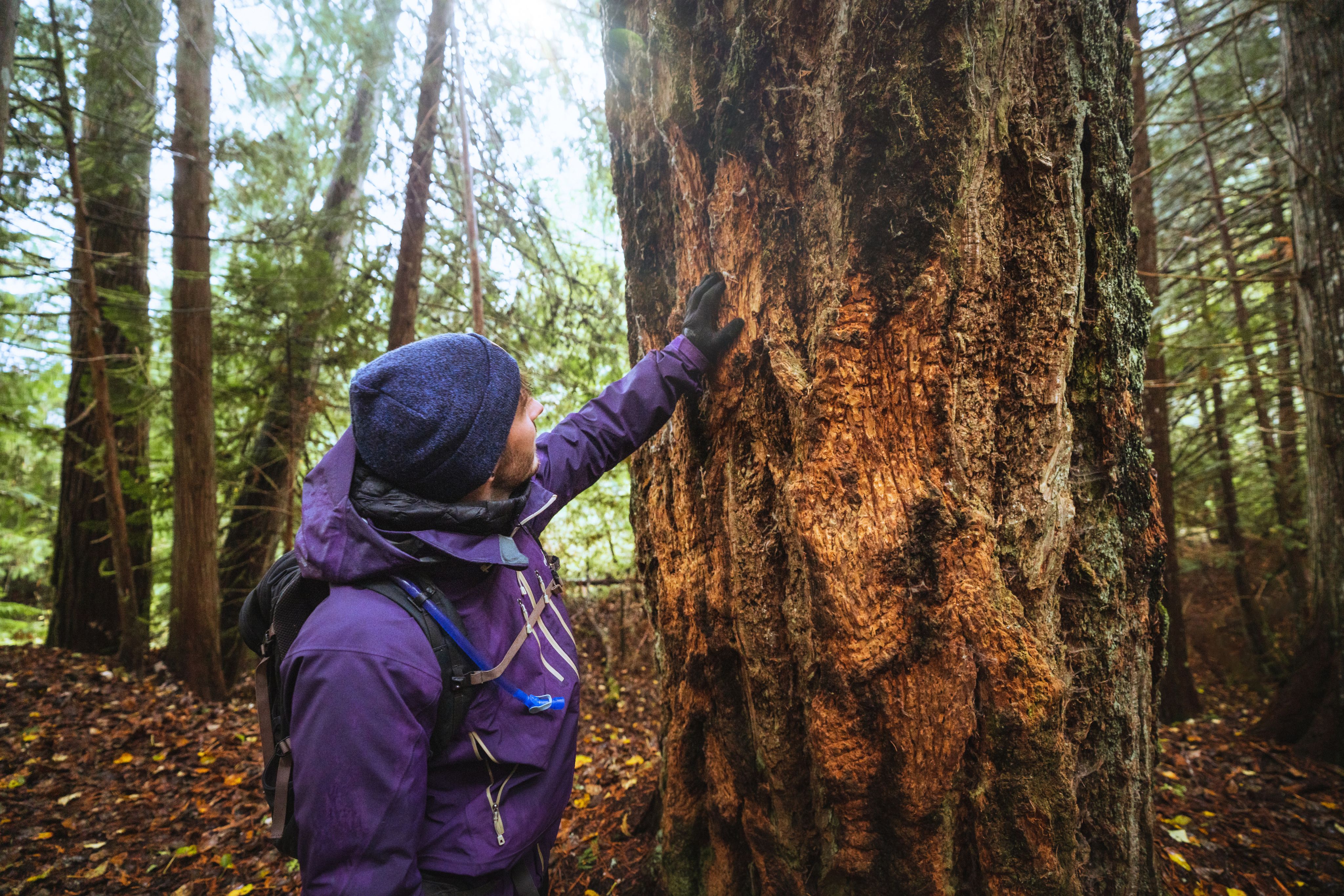


Photo Credit: Tweedsmuir Park Lodge
Photo Credit: Tweedsmuir Park Lodge

Photo Credit: Tweedsmuir Park Lodge
Photo Credit: Tweedsmuir Park Lodge

Photo Credit: Tweedsmuir Park Lodge
Photo Credit: Tweedsmuir Park Lodge

Photo Credit: Tweedsmuir Park Lodge
Photo Credit: Tweedsmuir Park Lodge
Salmon are also a vital component of the Indigenous communities in the region. The Bella Coola Valley is part of the traditional territory of the Nuxalk & Ulkatcho First Nations, descendants of Indigenous peoples who have inhabited the region since time immemorial. The Nuxalk Nation’s presence in the Bella Coola Valley can be traced back to 10,000 years of oral history and archaeology.
These communities are salmon people. Salmon played a central role in their survival and economic prosperity. To this day salmon are an extremely important resource, both economically but also as a food source. Salmon is often air dried and smoked which provides a food source that can last for months.
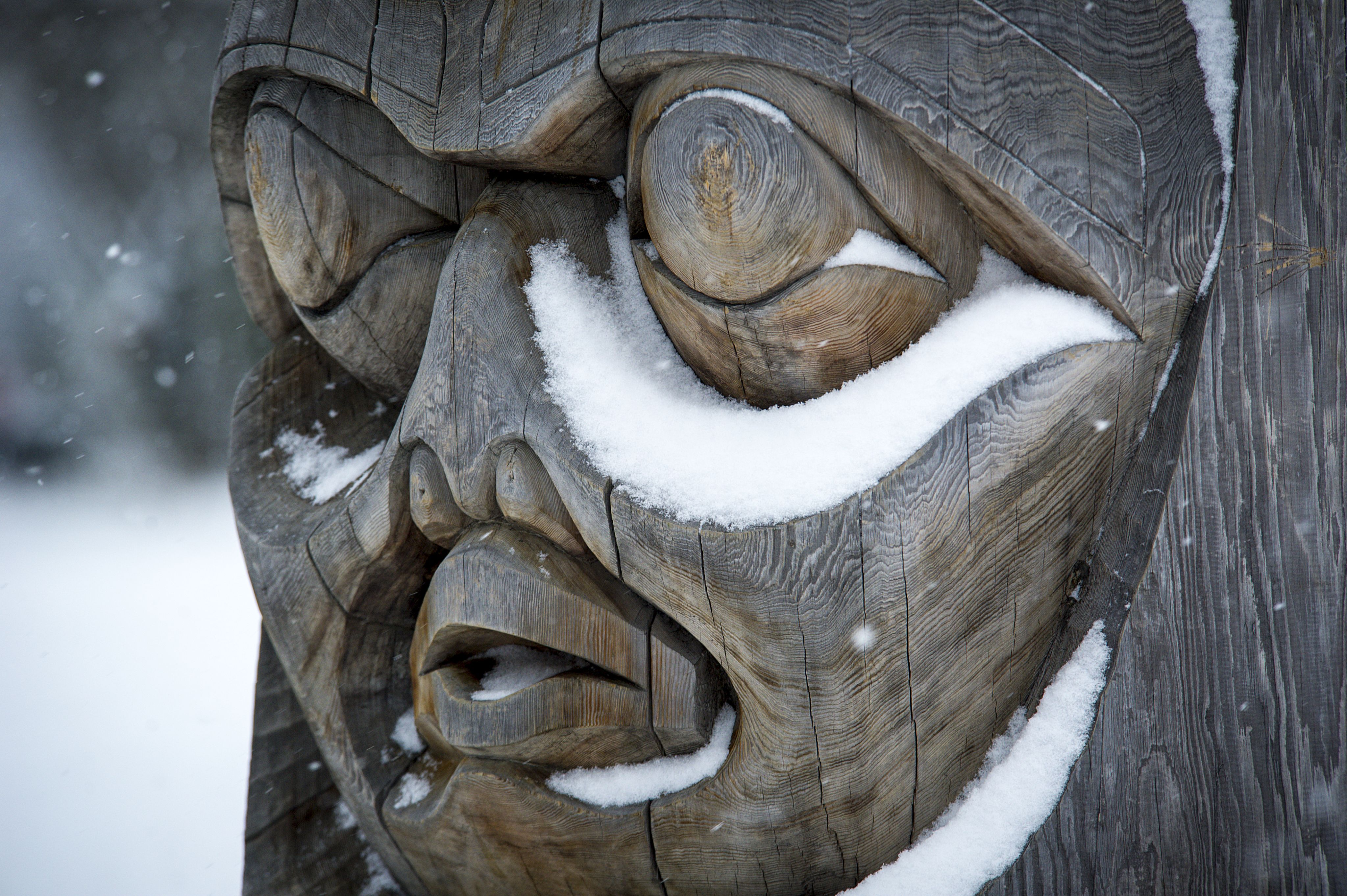
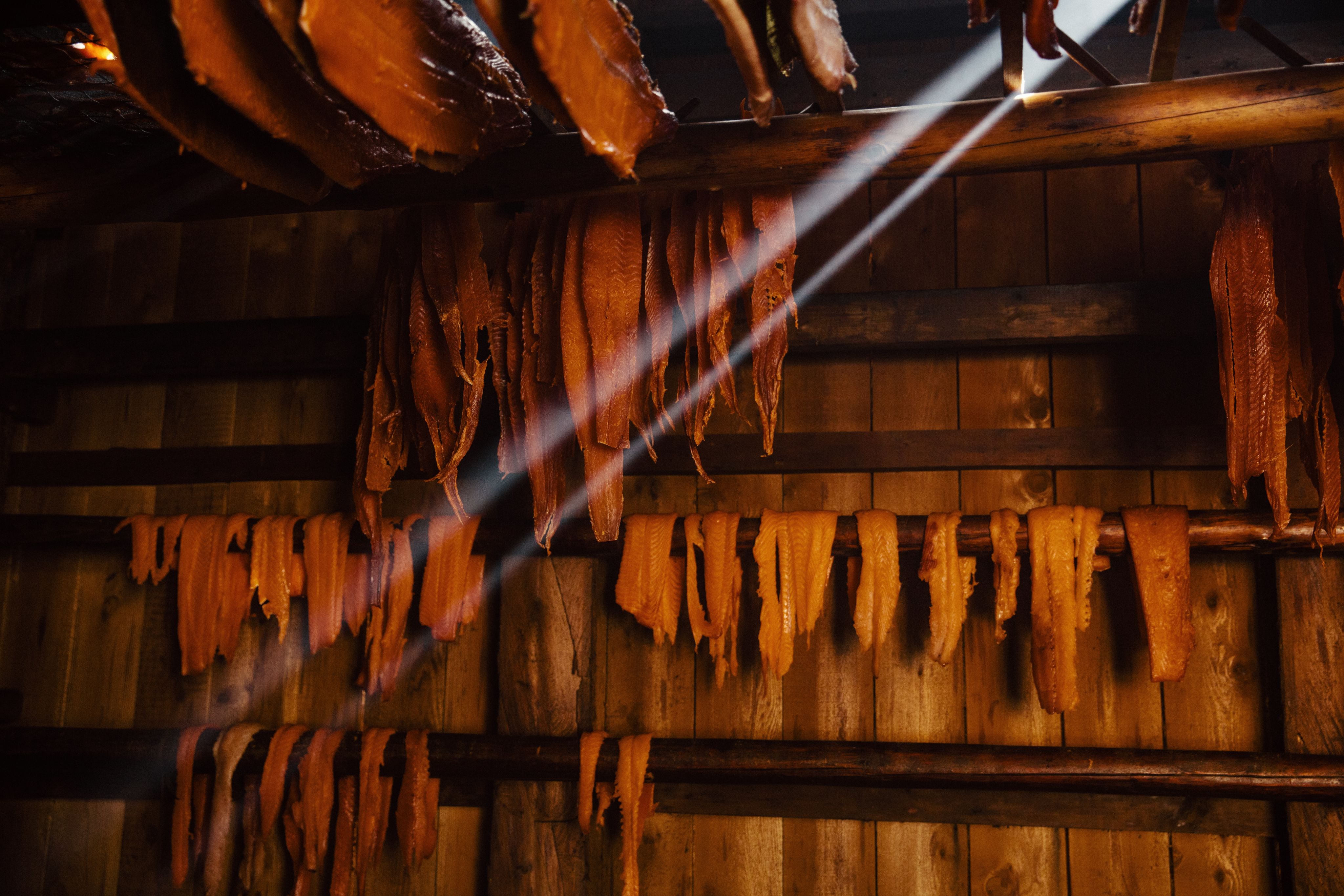
The Bella Coola Valley is home to one of the most significant petroglyph sites in British Columbia. Dating back thousands of years, this stunning display is one of the largest in the province and is best visited with an Indigenous guide who can authentically speak to their significance.
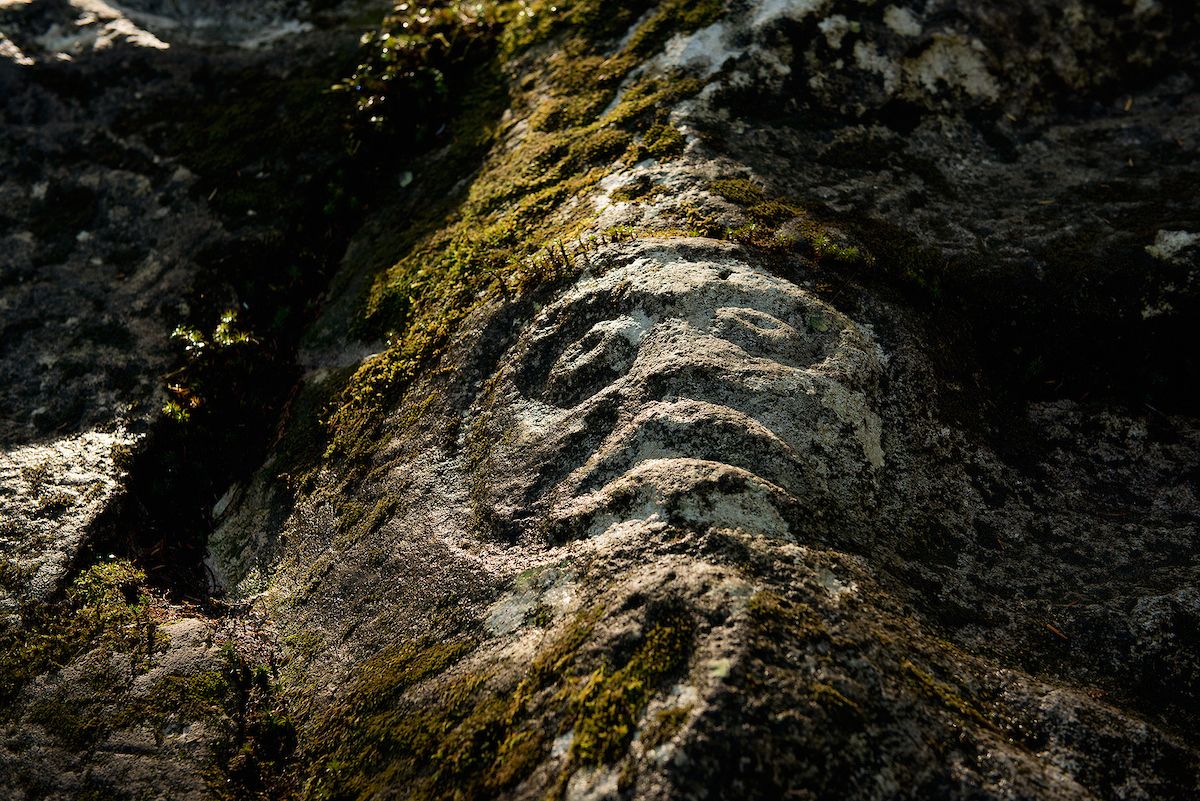
Photo Credit: Tweedsmuir Park Lodge
Photo Credit: Tweedsmuir Park Lodge
The Great Bear Rainforest is home to some of the largest tree species on earth. Like the salmon, the Western Red Cedar is incredibly important to the Indigenous cultures of this region. It was used in so many aspects of daily life, from the long houses they lived in, the canoes they travelled in, traditional totem poles and masks, weaving baskets, rope, cooking boxes, and much more.

Signs of this use can be observed in a large Cedar grove near Bella Coola, where one can find a number of culturally modified trees. These are trees with scars where Indigenous Peoples harvested cedar bark in a sustainable way so as to not kill the tree.
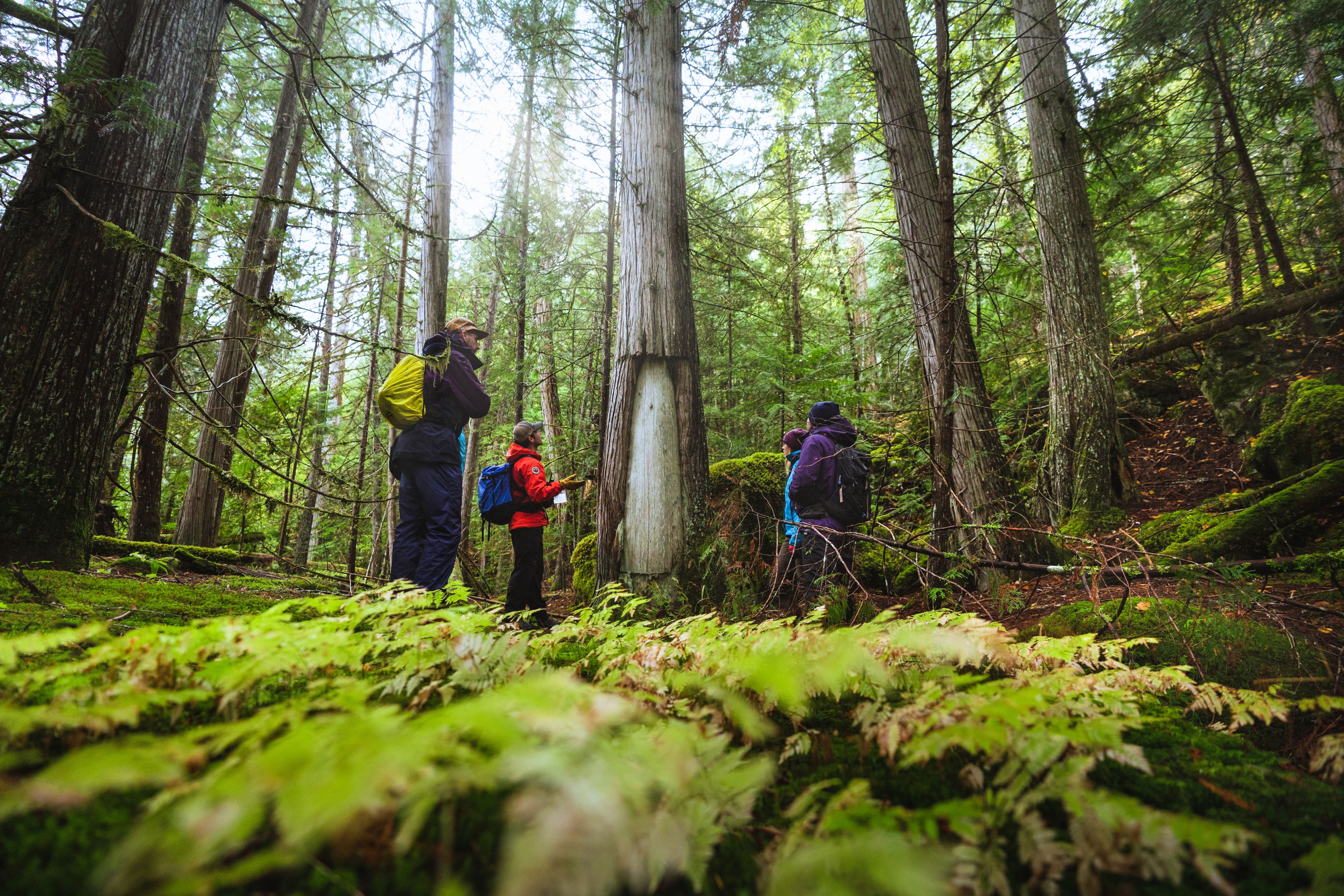
Photo Credit: Tweedsmuir Park Lodge
Photo Credit: Tweedsmuir Park Lodge

Photo Credit: Tweedsmuir Park Lodge
Photo Credit: Tweedsmuir Park Lodge
The Great Bear Rainforest is one of the world's most important environmental and cultural assets. This region is now being protected by an Indigenous-led coalition.

Whether you're coming to see salmon, bears or take in the local culture, the scenery of the Bella Coola Valley is truly awe-inspiring.
With the valley floor being near sea level, the relief on the surrounding mountains is quite imposing. This can be seen on the trail, or as you drive through the valley, but one of the best and most peaceful ways to take it all in is on the water. Floating along the valley bottom gives you broader views and lets you take in the full relief of the towering peaks above.
